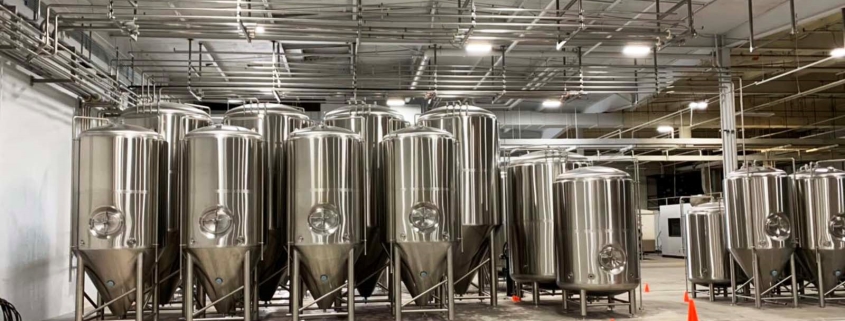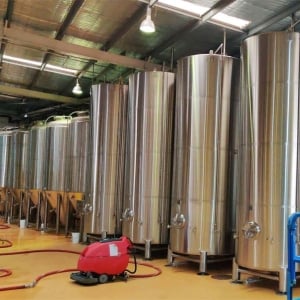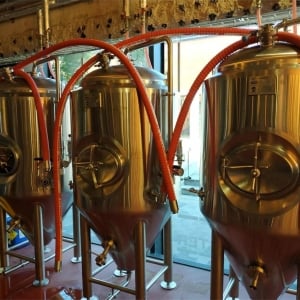craft brewing system
Have you ever dreamt of brewing your own craft beer? Imagine creating unique flavor profiles, experimenting with hops and malt combinations, and enjoying a frosty mug of your very own concoction. Craft brewing systems make this dream a reality, offering homebrewers of all experience levels the tools to create delicious, personalized beers.
This guide delves into the world of craft brewing systems, equipping you with the knowledge to choose the perfect setup for your brewing aspirations. We’ll explore the different types of equipment available, delve into the brewing process, and answer frequently asked questions to empower you on your craft beer brewing journey.
Craft Brewing System Types
Craft brewing systems come in various configurations, each catering to different brewing styles and preferences. Here’s a breakdown of the two main categories:
| Equipment Type | Description | Advantages | Limitations |
|---|---|---|---|
| All-in-One (AIO) Systems | These compact systems consolidate all brewing stages (mashing, lautering, boiling, and whirlpooling) into a single vessel. | Perfect for beginners, easy to use, space-saving. | Limited capacity, less control over individual brewing stages compared to multi-vessel systems. |
| Multi-Vessel Systems | These systems consist of separate kettles for mashing, lautering, and boiling, offering greater control over the brewing process. | Ideal for experienced brewers seeking precise control, allows for future expansion with additional vessels. | Requires more equipment, increased complexity, larger footprint. |
Within these categories, there are further variations to consider, such as electric versus gas-powered systems and automated versus manual controls.
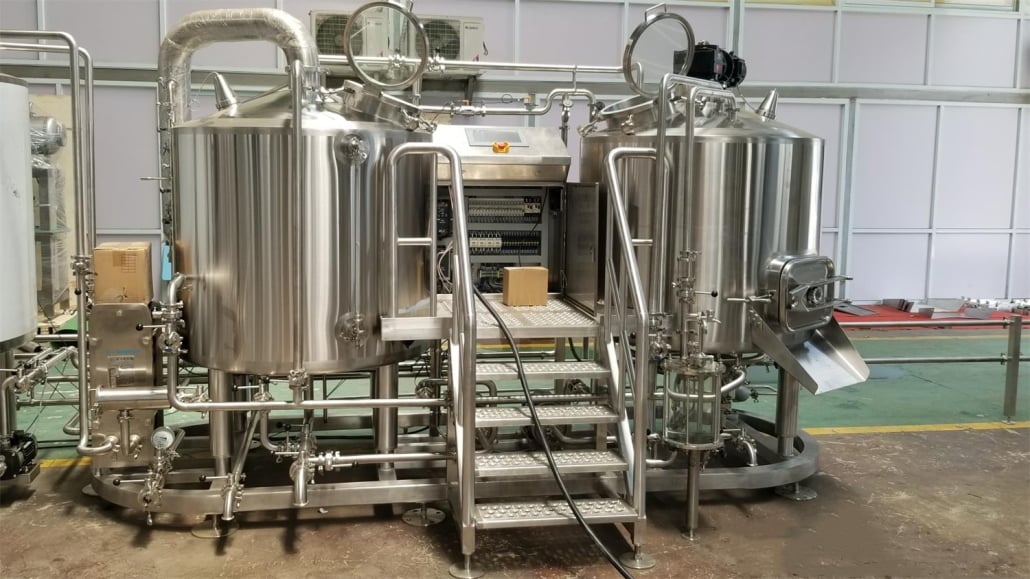
Craft Brewing Process: From Grain to Glass
The craft brewing process can be broken down into four fundamental stages:
- Mashing: Grains are steeped in hot water, converting starches into fermentable sugars.
- Lautering: Sweet wort (sugar-rich liquid) is separated from the spent grains.
- Boiling: The wort is boiled to sterilize it, concentrate flavors, and extract bitterness from hops.
- Fermentation: Yeast is added to the cooled wort, converting sugars into alcohol and carbon dioxide.
Craft brewing systems are designed to streamline these processes, with features like temperature control, automated pumps, and built-in heat sources.
Craft Brewing System Features: Choosing the Right Fit
Beyond the core brewing functionalities, brewing systems offer a range of features to enhance your brewing experience. Here are some key considerations:
- Capacity: Systems typically range from 1-gallon to 20-gallon capacities. Consider how much beer you plan to brew per batch.
- Power Source: Electric systems are popular for their ease of use and indoor compatibility, while gas-powered systems offer faster heating times (ideal for larger batches).
- Automation: Automated systems with pre-programmed settings simplify the brewing process, while manual systems provide more control for experienced brewers.
- Material: Stainless steel is the preferred material for its durability and ease of cleaning.
- Grain Basket & Pump: A grain basket facilitates the separation of wort from grains, while a pump aids in wort transfer between vessels in multi-vessel systems.
- Cooling Options: Wort chillers are essential for rapidly cooling wort before fermentation. Internal coils or immersion chillers are common options.
- Cleaning: Consider systems with easy-to-clean components and wide openings for better sanitation.
Craft Brewing System Price Range
The cost of a craft brewing system varies depending on factors like size, features, automation level, and brand. Here’s a general price range to provide a starting point:
| System Type | Price Range |
|---|---|
| Basic All-in-One Systems | $150 – $500 |
| Feature-Rich All-in-One Systems | $500 – $1,500 |
| Basic Multi-Vessel Systems | $1,000 – $2,000 |
| Advanced Multi-Vessel Systems | $2,000+ |
Craft Brewing System Installation, Operation & Maintenance
Once you’ve chosen your perfect craft brewing system, here’s a glimpse into installation, operation, and maintenance:
Installation:
- All-in-One Systems: These systems are generally straightforward to set up. Follow the manufacturer’s instructions, ensuring proper placement for ventilation and utility connections.
- Multi-Vessel Systems: These systems may require more complex plumbing connections between kettles. Consider enlisting the help of a plumber or experienced homebrewer if needed.
Operation:
Most craft brewing systems come with user manuals and online resources to guide you through the brewing process. Here’s a simplified overview:
- Sanitize: Clean and sanitize all equipment to prevent contamination.
- Mill Grains: Grind your brewing grains to the appropriate coarseness for optimal extraction.
- Mashing: Add water and grains to your system and maintain the desired mash temperature for a designated time, allowing enzymes to convert starches into sugars.
- Lautering: Separate the sweet wort (liquid) from the spent grains using a lautering plate or grain basket.
- Boiling: Boil the wort to sterilize it, concentrate flavors, and add hops for bitterness and aroma.
- Cooling: Rapidly cool the wort to a suitable temperature for pitching yeast.
- Fermentation: Transfer the cooled wort to a fermentation vessel, add yeast, and allow fermentation to take place (typically 1-2 weeks).
- Bottling/Kegging: Package your finished beer into bottles or kegs for carbonation and enjoyment.
Maintenance:
- Cleaning: Thoroughly clean your system after each brew day to prevent build-up and ensure sanitation. This includes all parts that come into contact with wort or beer.
- Storage: When not in use, store your system in a clean and dry location.
- Regular Maintenance: Perform periodic maintenance checks as recommended by the manufacturer, which may involve replacing gaskets or seals.
Choosing a Craft Brewing System Supplier
Selecting the right supplier for your craft brewing system is crucial. Here are some key considerations:
- Product Selection: Choose a supplier with a diverse range of systems to cater to your needs, budget, and experience level.
- Reputation: Research the supplier’s reputation for quality products, customer service, and technical support. Look for online reviews and testimonials from other homebrewers.
- Pricing & Value: Compare prices across different suppliers while considering the features and overall value proposition of each system.
- Shipping & Warranty: Factor in shipping costs and warranty policies when making your decision.
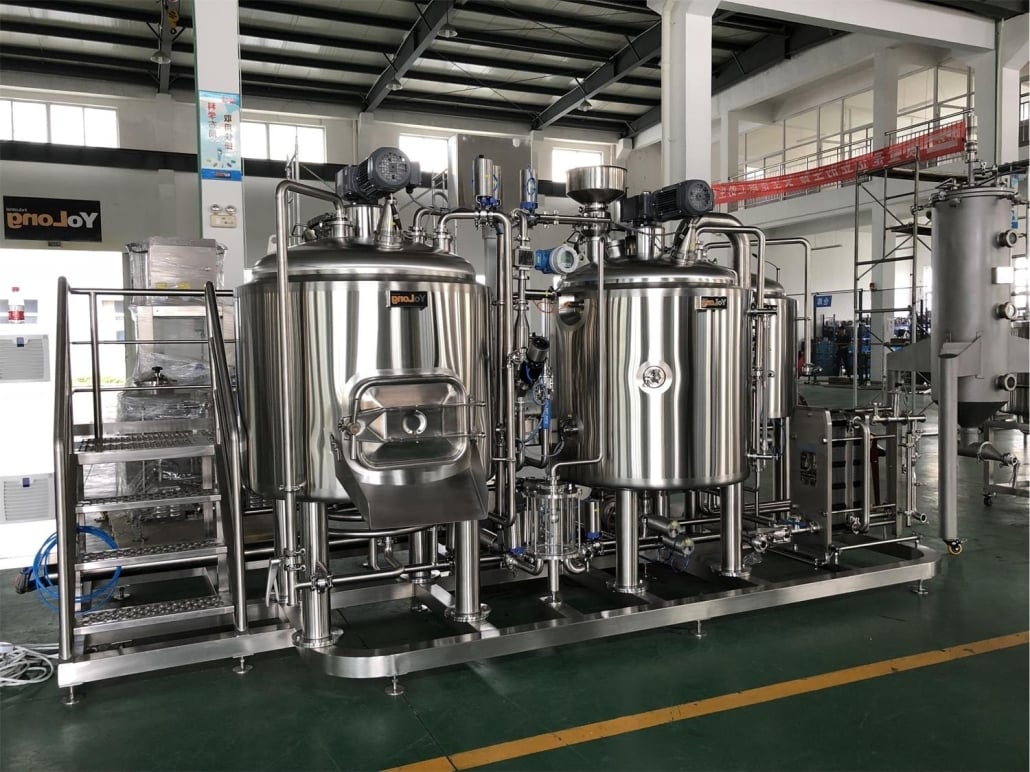
FAQs
Here are some frequently asked questions (FAQs) to help you navigate the world of craft brewing systems:
| Question | Answer |
|---|---|
| What is the difference between all-in-one and multi-vessel systems? | All-in-one systems are simpler and more compact, while multi-vessel systems offer greater control over the brewing process. |
| What size system should I choose? | Consider how much beer you plan to brew per batch and your available space. |
| Do I need a gas-powered or electric system? | Electric systems are easier to use indoors, while gas-powered systems offer faster heating times. |
| How easy are craft brewing systems to clean? | Look for systems with easy-to-clean components and wide openings for better sanitation. |
| What are the ongoing costs of craft brewing? | Beyond the initial system cost, expect to factor in ingredients (grains, hops, yeast), bottling/kegging supplies, and potential upgrades. |
By considering these factors and leveraging the information in this guide, you’ll be well-equipped to select the perfect craft brewing system and embark on your homebrewing journey with confidence. Remember, homebrewing is a fun and rewarding hobby that allows you to experiment, create unique beers, and enjoy the satisfaction of crafting your own beverages. So, unleash your inner brewmaster, get brewing, and cheers to delicious homemade beer!

